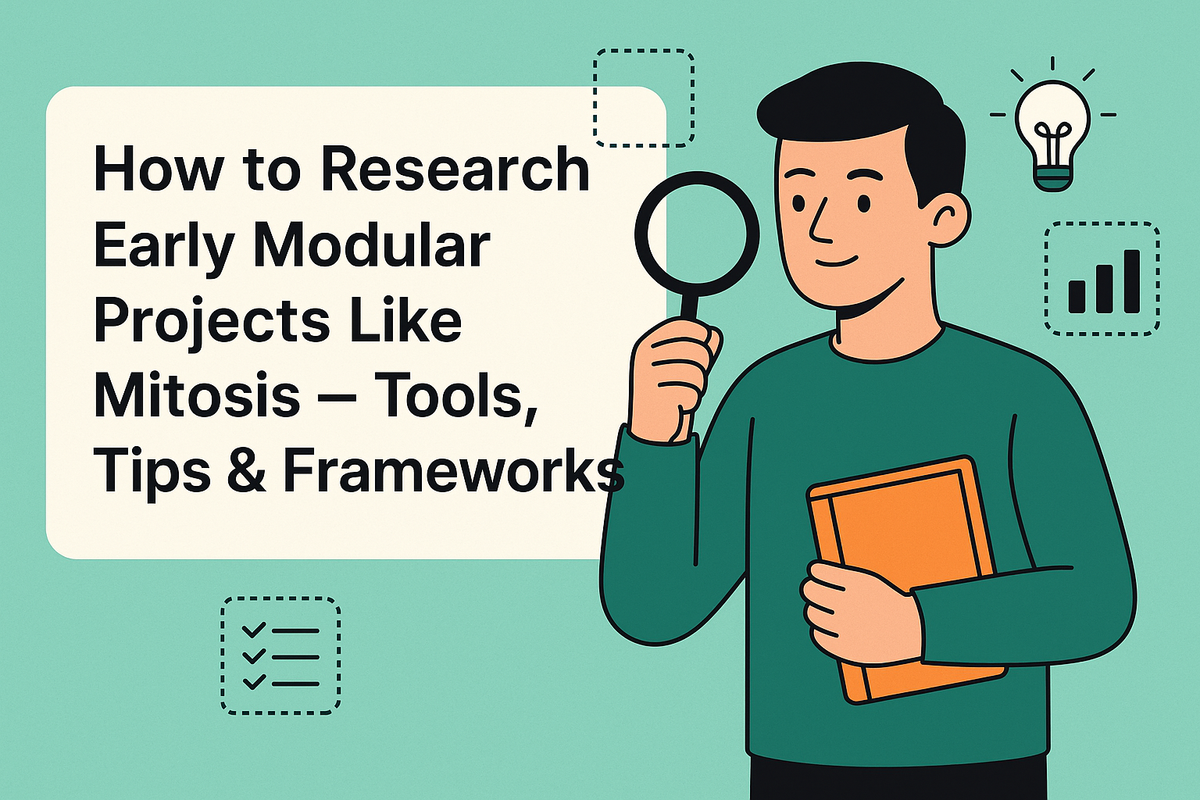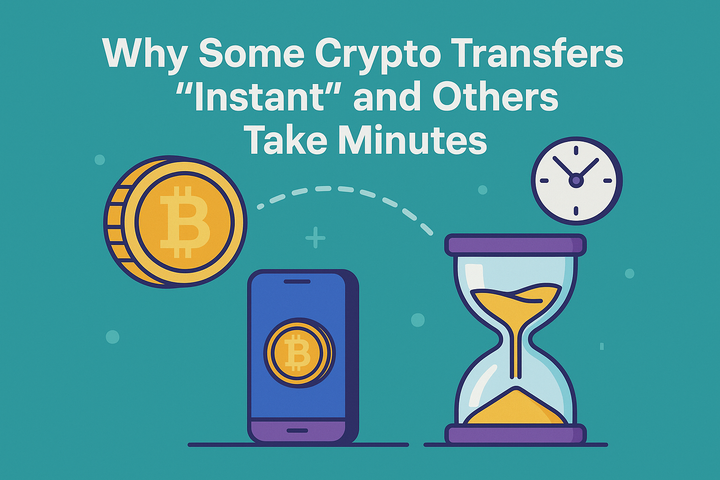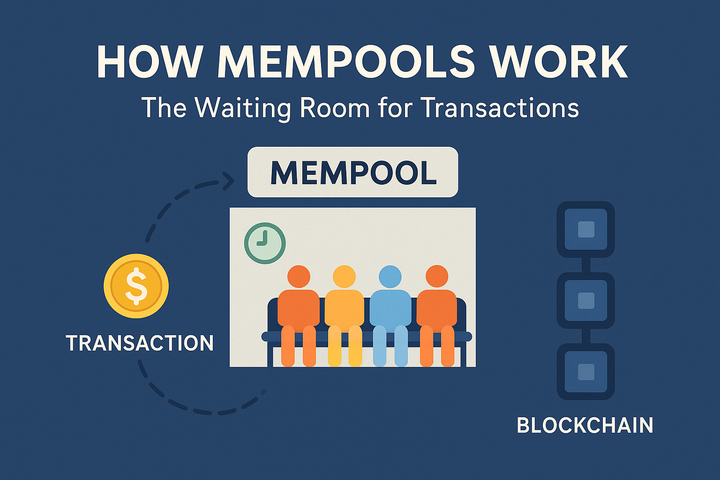How to Research Early Modular Projects Like Mitosis — Tools, Tips & Frameworks

Introduction
“Do your own research.”
We’ve all seen that phrase floating around Crypto Twitter — but what does it really mean when you're looking into an early, modular project like Mitosis?
Modular blockchains are the future of scalable Web3 infrastructure. Instead of trying to do everything in one chain (like Ethereum), modular systems split the job — letting different layers focus on what they’re best at. Mitosis fits into this picture as a lightweight execution layer built for the modular world.
The tricky part? Modular chains are still early, which means finding signal in the noise requires a bit more effort.
This article will walk you through how to actually research early projects like Mitosis, with tools, examples, and tips to help you make informed calls — before the hype kicks in.
Know What You’re Looking At: Where Mitosis Fits in the Modular World
Before you dive into dashboards and dev activity, take a step back. Understanding what Mitosis is trying to do — and how it fits into the modular ecosystem — will guide the rest of your research.
Modular blockchains break the big job of running a blockchain into specialized layers:
➩ Execution – where smart contracts run
➩ Data availability – where blockchain data is stored and verified
➩ Consensus – where agreement on what’s true happens
Mitosis is focused on the execution layer, making it easy for builders to deploy scalable apps that can plug into different modular ecosystems.
Let’s make it real:
→Celestia handles data availability
→Fuel is all about fast, parallelized execution
→Mitosis wants to be the lightweight, interoperable execution layer that plugs in smoothly with others
So ask yourself:
▼
→ What makes Mitosis different from something like Fuel or Movement Labs?
→Is it building something new, or improving something that already exists?
→How well does it play with other modular components?
Understanding its positioning will help you figure out whether Mitosis is solving a real problem — or just spinning buzzwords.
Use the Right Tools (with Actual Examples)
Alright, now it’s time to get your hands dirty. Here are some of the best tools to help you analyze modular projects like Mitosis — plus real-world examples to show you how they work.
a. Token Terminal
Want to know if developers are actually building? Token Terminal tracks things like dev activity, protocol usage, and revenue (if there is any).
Example:
When you check out Celestia on Token Terminal, you’ll see steady developer contributions — a good sign that the project has momentum. If Mitosis starts showing similar signals, that’s a green flag.
b. DeFiLlama
This one’s great for checking how much value is locked in a protocol or ecosystem.
Example:
Initia recently showed up on DeFiLlama with early testnet TVL numbers. It doesn’t mean it’s mooning yet — but it shows that users are experimenting, which is always a good sign. You can do the same with Mitosis once dApps start launching.
c. Dune Analytics
Dune is your go-to for deep data dives — wallet activity, bridging stats, transactions, etc.
Example:
Berachain has some solid dashboards showing wallet growth and chain usage — all public. If someone builds something similar for Mitosis, you’ll get real-time insights into ecosystem health.
d. L2Beat
While it mostly tracks rollups, L2Beat helps you compare security models and architectural decisions — especially if Mitosis starts interacting more with rollup systems.
Example:
You can use L2Beat to compare things like how centralized the sequencer is in different L2s. That context is helpful if Mitosis plans to power or support rollups.
Follow the Builders and the Vibes
Now let’s talk about something you can’t find on a dashboard: the vibe check.
Sometimes, what devs are building — and how the community’s reacting — gives you better insight than any data point.
Example 1: GitHub and Dev Activity
A quick glance at Mitosis’ GitHub (if it’s public) can tell you if real work is happening. Are there regular commits? Are different people contributing?
Compare it to Movement Labs, which had consistent commits and feature rollouts even before launching a token. That kind of momentum matters.
Example 2: Ecosystem Engagement
Look at who’s building on Mitosis. Are there devs launching apps? Are contributors writing about it? Are testnets live?
Story:
When Initia rolled out community quests and testnet incentives, it created buzz and pulled in early adopters. Mitosis University and contributor programs could do the same — so watch how fast the community grows.
Example 3: Incentives and Community Support
Community matters, especially in early-stage projects. If Mitosis is rewarding content, dev work, and experimentation — it’s a sign that they’re in it for the long run.
Ask:
◈Is the community active on Discord/X?
◈Are contributors getting recognized and supported?
◈Are new folks welcomed in?
▹⇩ Those signals are hard to fake.
Conclusion
Researching modular projects like Mitosis doesn’t have to feel overwhelming. Once you understand what it is, use the right tools, and follow the community, the picture becomes much clearer.
Here’s your quick takeaway checklist:
→Know where Mitosis fits in the modular stack (execution layer)
→Use platforms like Token Terminal, Dune, and DeFiLlama to track growth
→Pay attention to developer activity and community energy
Modular chains are still early — but early is where the real opportunities live. Do your own research, and you might just catch the next big wave before it breaks.



Comments ()